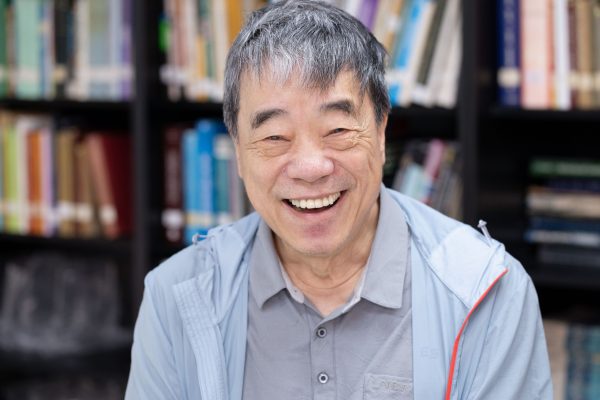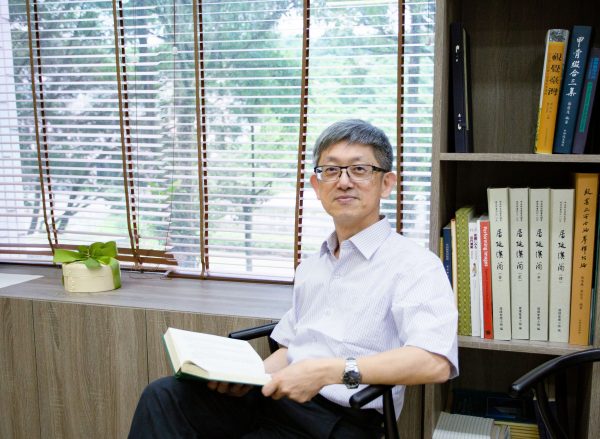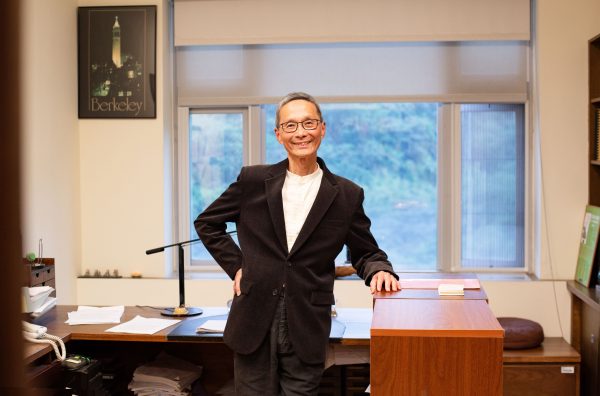The origin of life: dance with carbohydrates and proteins
”Almost every cell in the world has carbohydrates,” says Dr. Lowary. Carbohydrate molecules, like a coat, reside on the surface of cells, acting as channels for communication between cells and the external environment.
For example, human life begins with the encounter of sperm and egg, a process involving proteins and carbohydrates on the surface of both cells. The interaction between carbohydrates and proteins can be considered the first step in creating human beings. It is a crucial interaction and one of the reasons why the field of carbohydrate chemistry is so important.
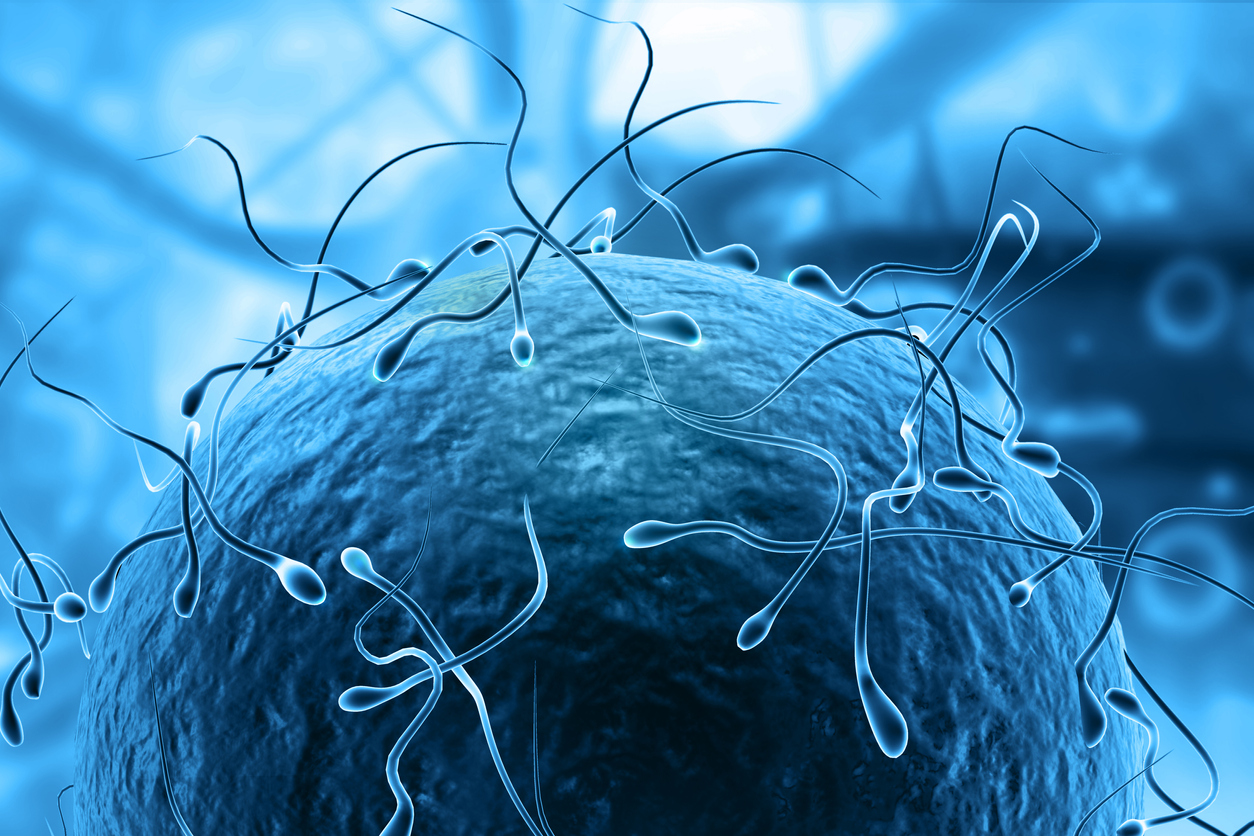
Source | iStock
Cells are synonymous with life, found in plants and animals. The key difference between plant and animal cells lies in the presence of a cell wall outside the cell membrane in plants. This cell wall helps maintain the specific shape of the cell, protecting it from environmental osmotic pressure and preventing it from bursting even when placed in pure water.
According to Dr. Lowary, behind all biological phenomena lies the communication between molecules. Nature utilizes subtle changes in carbohydrate structures to adjust how cells interact with the external world.
This excites scientists as each strain of bacteria has unique surface glycans, some of which resemble works of art and are incredibly fascinating. These distinctive glycans can be seen as fingerprints of different bacterial strains. For example, glucose and galactose differ in the orientation of just one hydroxyl group.
Of particular significance to human life and survival are the polysaccharides present on the surface of bacterial cell walls. These polysaccharides possess unique structures and serve multiple functions, this is also the main focus of Dr. Lowary’s research.
The surface polysaccharides of bacterial cell walls serve various functions. Firstly, they provide protection by forming a protective outer layer that shields pathogenic microorganisms from external damage and attacks, such as chemical substances and lysozymes.
Secondly, these polysaccharides facilitate bacterial adhesion to host cell surfaces or other objects, promoting interactions between bacteria and hosts or the environment, leading to infection or biofilm formation.
Additionally, bacterial cell wall polysaccharides act as identification markers, allowing the host immune system to recognize and differentiate between different types of bacteria, triggering appropriate immune responses. Some bacterial polysaccharide structures can confer resistance to antibiotics, offering protection against antibiotic attack and making the bacteria more difficult to eradicate.
Moreover, polysaccharides may be involved in intercellular communication within and between bacterial cells, regulating biofilm formation, colony development, and bacterial collective behavior.
The variability and complexity of these polysaccharide functions contribute to the diversity of surface polysaccharide structures among different bacterial types, thereby influencing their pathogenicity, drug resistance, and interactions with hosts. Therefore, studying the structure and function of bacterial cell wall polysaccharides is crucial for understanding bacterial pathogenic mechanisms, the development of drug resistance, and the exploration of novel antibacterial strategies.
Unique cell walls make killing mycobacteria difficult
Since 1996, Dr. Lowary has been dedicated to studying the carbohydrates in the cell wall of Mycobacterium tuberculosis. He explains that there are over 190 species of mycobacteria, with the majority being harmless, but a few are human pathogens.
For example, Mycobacterium leprae causes leprosy, and Mycobacterium tuberculosis leads to tuberculosis. Tuberculosis can be transmitted through aerosols, and it is estimated that approximately one-third of the world’s population is infected with tuberculosis, mainly affecting South Asia, Africa, South America, and remote mountainous areas in Taiwan with moderate to high prevalence rates.
Childhood vaccination against tuberculosis is a widespread strategy. The primary preventive measure for tuberculosis is the administration of Bacillus Calmette-Guérin (BCG) vaccine, which is an effective tool in reducing tuberculosis symptoms and preventing severe infections. Many countries globally include the BCG vaccine in their childhood immunization programs to provide broad immunization coverage.
However, the use of preventive tuberculosis vaccines in adults is relatively limited at present. While the BCG vaccine is commonly used for infants and children, its protective efficacy in adults is relatively low.

Source | iStock
Dr. Lowary states that in individuals with a healthy immune system, Mycobacterium tuberculosis can survive in the body without causing tuberculosis or being transmitted. However, as people age or when they require organ transplantation and long-term immunosuppressive therapy, the bacteria can become active. That is why tuberculosis is more common among individuals with HIV/AIDS, as their immune system is compromised and particularly susceptible to microbial infections.
”When I first saw the structure of the Mycobacterium tuberculosis cell wall, I thought, Wow! This is really cool!” says Dr. Lowary. Gram-positive and gram-negative bacteria can be differentiated based on staining methods to distinguish their different cell wall lipid content.
However, mycobacteria do not fall into either category because they have a very unique cell wall. It consists of three layers that are exceptionally thick, with a relatively low ratio of lipids to proteins. The main components are polysaccharides, including peptidoglycan, lipomannan, arabinogalactan, and lipoarabinomannan (LAM).
Due to the unusual cell wall of Mycobacterium tuberculosis, the bacterium grows slowly. It grows so slowly that it can remain hidden in the human body, undetected by the immune system. The cell wall also acts as a protective barrier, making it difficult for drugs to penetrate.
The cell wall of mycobacteria has several unique characteristics. Unlike other bacteria, their cell walls are composed of a thick layer consisting of three components: peptidoglycan, arabinogalactan, and mycolic acids. This unique composition imparts several distinctive features to the cell wall of mycobacteria.
Firstly, the cell wall of mycobacteria is exceptionally thick and complex, providing structural integrity and protection to the bacteria. This thickness contributes to the slow growth rate of mycobacteria, allowing them to persist within the human body without being readily detected by the immune system.
Secondly, the high lipid content, particularly the mycolic acids, in the cell wall of mycobacteria makes it hydrophobic and impermeable to many substances, including drugs. This property presents a significant challenge in treating mycobacterial infections such as tuberculosis, as it hampers the effectiveness of drug therapies.
Additionally, the cell wall of mycobacteria contains unique polysaccharides, such as lipoarabinomannan (LAM) and arabinogalactan, which play important roles in immune evasion and pathogenesis. These polysaccharides can interact with host immune cells and modulate immune responses, allowing mycobacteria to establish persistent infections.
Overall, the distinctive cell wall composition and structure of mycobacteria, including branching filamentous bacteria, contribute to their pathogenicity, antibiotic resistance, and ability to evade the immune system. Understanding these unique features is crucial for developing effective strategies to combat mycobacterial infections.
Dr. Lowary’s research on the cell wall of Mycobacterium tuberculosis sheds light on the unique characteristics of the bacterium and contributes to our understanding of its survival mechanisms, drug resistance, and potential targets for new treatments.
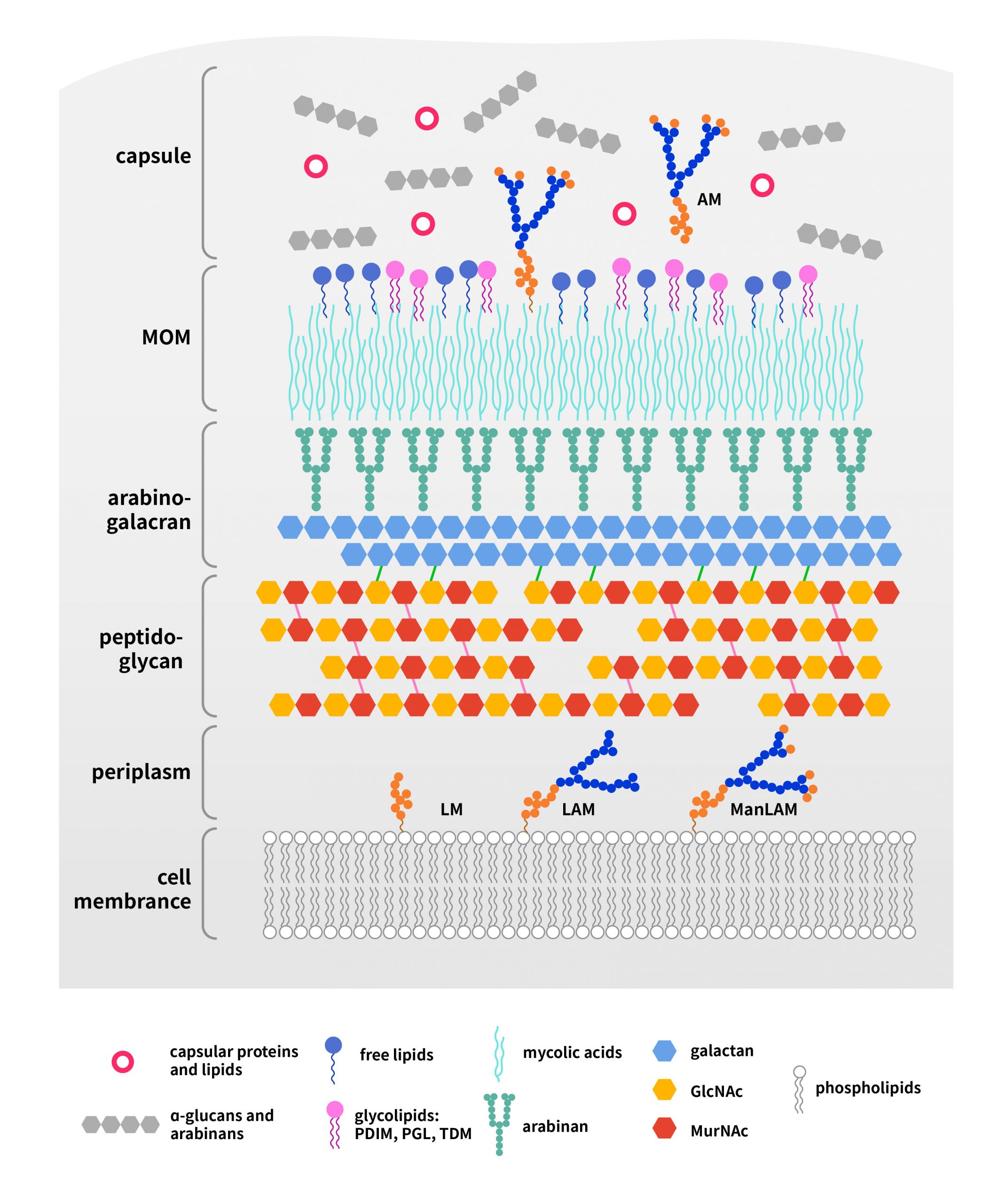
Image | Research For You. (Source | Johanna Raffetseder)
Understanding glycan structures: opportunities for breakthroughs in diagnosis, treatment, and vaccines
There are various diagnostic methods for tuberculosis, each with its limitations. Dr. Lowary pointed out that the standard diagnostic criterion for tuberculosis is culturing sputum samples to check for the presence of mycobacteria, but this method is time-consuming.
Chest X-rays can also be used, but they require equipment, and relying solely on imaging may not always be accurate. Another approach is to use polymerase chain reaction (PCR) similar to COVID-19, which is highly accurate but expensive.
Currently, there are urine rapid screening test strips available that can detect LAM, but this method has low sensitivity and can easily miss LAM, making it suitable only for immunocompromised individuals with HIV/AIDS. Additionally, the test has lower specificity, which may result in false-positive results.
Therefore, urine LAM strip tests are typically considered as a preliminary screening tool for tuberculosis rather than diagnostic tests. For patients who test positive in the initial screening, further tests such as sputum examination, chest X-ray, or other diagnostic methods are usually required to confirm the presence of tuberculosis.
Accurately detecting the characteristics of pathogens is crucial for advancing diagnostic techniques. Dr. Lowary explained it like this: if you receive an instruction to “find a Taiwanese person in the center of the city,” it would be a challenging task because there are too many Taiwanese in the center of the city. The instruction needs more specific details, such as “find a Taiwanese person wearing a white shirt with a large beard,” to accurately identify the target.
BCG vaccine is designed specifically for tuberculosis that has been around for about 100 years. However, this vaccine protects children but not adults. If we can better understand the unique glycan structures on the surfaces of the pathogenic mycobacteria, it could pave the way for vaccine development.
Like the pneumococcal polysaccharide vaccine (PPV), designed based on bacterial surface glycans, has been developed to target 13 and 23 strains and benefits both children and adults.
Dr. Lowary emphasized that tuberculosis kills over a million people every year. Understanding the role of cell wall polysaccharides in immunology and the enzymatic processes involved in their synthesis is essential, but scientists still don’t fully understand each strain of pathogenic mycobacteria.
By gaining a better understanding of these glycan molecules, there is an opportunity to overcome the limitations of current diagnostics, treatments, and vaccines, leading to faster and more accurate pathogen detection, more effective bactericidal methods, early immune system training to recognize pathogenic mycobacteria, and their timely elimination.
The Lowary team focuses on synthesizing glycoconjugates in an attempt to identify antibodies that can recognize these compounds. This is not only crucial for diagnostics but also has the potential to serve as the basis for new vaccines.
The team hopes to find better antibodies than the existing screening methods, which can recognize and capture LAM in urine. Then, using a different set of detection antibodies, they aim to detect the LAM bound by these antibodies, thereby providing an accurate diagnosis. The team collaborates with the Foundation for Innovative New Diagnostics (FIND) to evaluate 100 pairs of different capturing and detection antibodies and find the optimal combination.
There are many types of vaccines, including attenuated vaccines, mRNA vaccines, protein vaccines, and polysaccharide vaccines, which differ based on the antigens they use. According to Dr. Lowary, the principle of vaccines is to select a foreign antigen to teach the immune system to recognize its structure and then attack it.
The mRNA vaccines developed to combat COVID-19 utilize synthesized viral mRNA as antigens. The advantages of artificially synthesized compounds are stability, thorough understanding, and clear and clean origin. Polysaccharide antigens also need to be obtained through artificial synthesis.
Dr. Lowary explains that extracting polysaccharides from nature makes it difficult to control purity, and the synthesis of carbohydrates itself is extremely challenging, which significantly increases the cost of vaccine development. To achieve a balance and produce affordable vaccines, it is necessary to develop good chemical methods to reduce the cost of synthesizing carbohydrates.
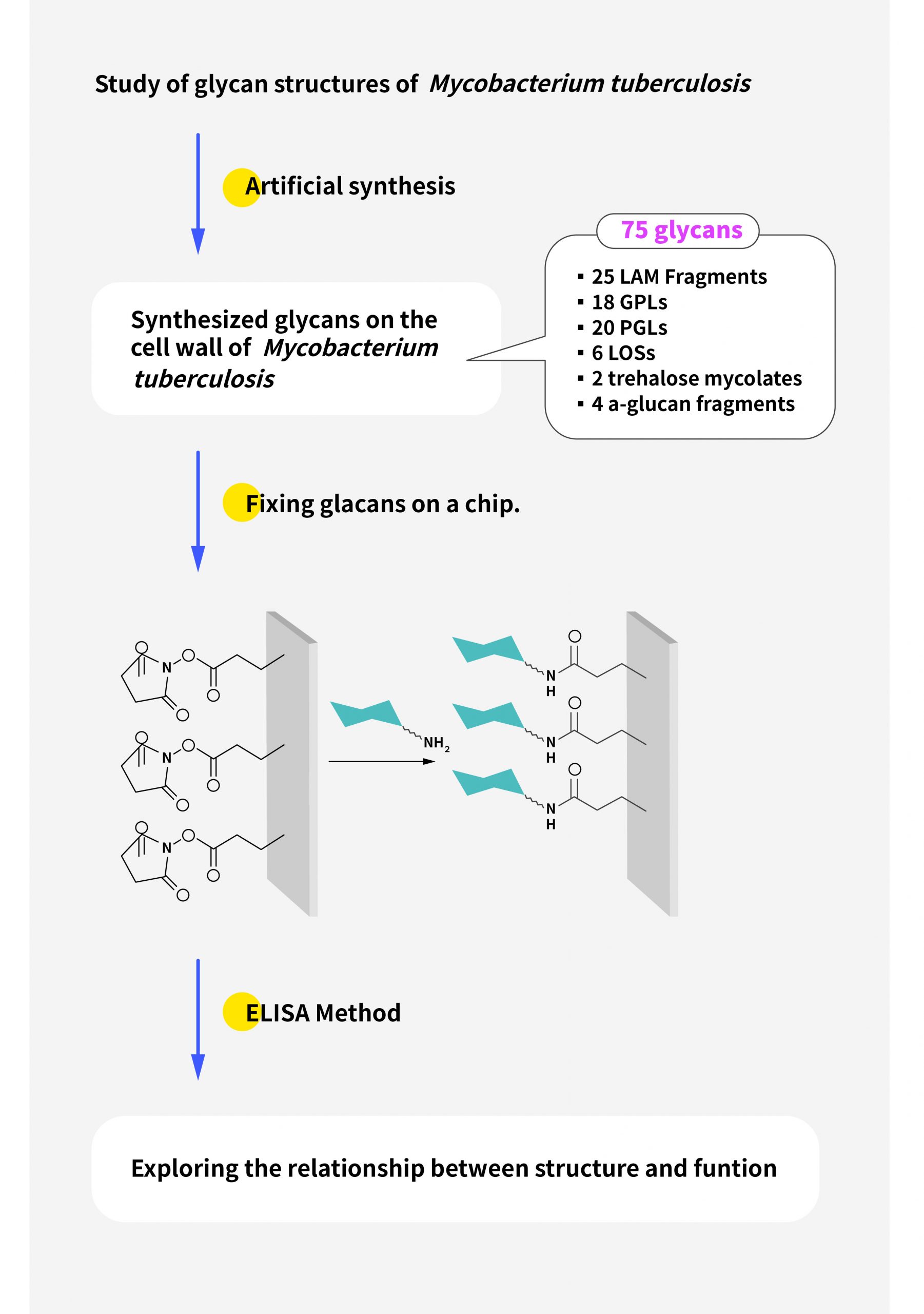
Image | Research For You. (Source | Dr. Lowary)
Regarding treatment, Dr. Lowary points out that one of the principles of the currently used anti-tuberculosis drugs is to inhibit bacterial protein synthesis, while others work by preventing cell wall formation. When bacteria are unable to synthesize their own cell walls, they die, achieving the goal of bactericidal action.
Another focus of Dr. Lowary’s team is understanding the enzymes involved in cell wall synthesis and finding methods to inhibit these enzymes to interfere with cell wall synthesis and kill bacteria.
The problem is that the current tuberculosis treatment regimen is very time-consuming, and many patients discontinue the treatment, which allows the bacteria to become stronger. According to Dr. Lowary, typically, a treatment course takes 6.5 months and requires a total of more than 450 pills.
When patients prematurely discontinue the treatment, the residual bacteria in their bodies can develop drug resistance, leading to the emergence of two widespread and serious drug-resistant issues: MDR (multi-drug resistant) and XDR (extensively drug-resistant) tuberculosis.
Drug resistance in tuberculosis refers to the resistance of the commonly used drugs against tuberculosis. The traditional drugs used for its treatment include isoniazid, rifampicin, ethambutol, and pyrazinamide. However, due to the adaptability and genetic variability of Mycobacterium tuberculosis, some strains have developed resistance to these drugs.
Drug resistance can be divided into two main types: multi-drug resistant tuberculosis (MDR-TB) and extensively drug-resistant tuberculosis (XDR-TB). MDR-TB refers to the resistance to isoniazid and rifampicin, which are the two main drugs, while XDR-TB is characterized by resistance to second-line anti-tuberculosis drugs in addition to multi-drug resistance.
According to recent estimates, there are over 500,000 people globally who are infected with multidrug-resistant tuberculosis (MDR-TB), and nearly 30,000 people are infected with extensively drug-resistant tuberculosis (XDR-TB).
Drug-resistant tuberculosis poses significant challenges to the control and treatment of tuberculosis. These drug-resistant strains are more difficult to treat, requiring longer treatment durations and the use of more expensive drugs. Additionally, due to the increased likelihood of transmission, outbreaks of drug-resistant tuberculosis can lead to more severe public health problems.
To address drug-resistant tuberculosis, a comprehensive strategy needs to be implemented. This includes ensuring that tuberculosis patients adhere to and complete their treatment courses on time to reduce the emergence of drug-resistant strains.
Additionally, strengthening surveillance and tracking the transmission of drug-resistant tuberculosis strains and implementing appropriate infection control measures are necessary to prevent the spread of resistance. At the same time, it is crucial to research, develop, and promote new anti-tuberculosis drugs and vaccines.
If a tuberculosis patient already has drug resistance, and existing drugs are ineffective against them, or if a patient is infected with a less common pathogenic strain, the more scientists understand these strains, the better the chances of finding ways to help these patients. Dr. Lowary explains that even though it may require decades of effort, it all starts with fundamental scientific research, driven by scientists’ curiosity about the subtle differences in each bacterial species.
Dr. Lowary once commented in a paper published in 2022 that analyzed the LAM structure on the cell walls of several previously unknown variants of mycobacteria. The paper identified small differences in these structural characteristics, providing crucial information that can help scientists precisely target different strains in their search for solutions. This is important because microorganisms undergo mutations.
There are now well-established methods for studying polysaccharide structures. “It’s a bit like when you’re cooking and sometimes you break an egg and separate the egg white from the yolk. It’s a process of step-by-step filtration and decomposition,” says Dr. Lowary.
In the laboratory, bacterial strains are cultured, killed, and then broken down into several components, yielding many large molecules. Next, enzymes or chemical substances are used to break down these large molecules into smaller ones, and their structures can be measured using chemical techniques such as mass spectrometry, nuclear magnetic resonance spectroscopy, or biochemical techniques.
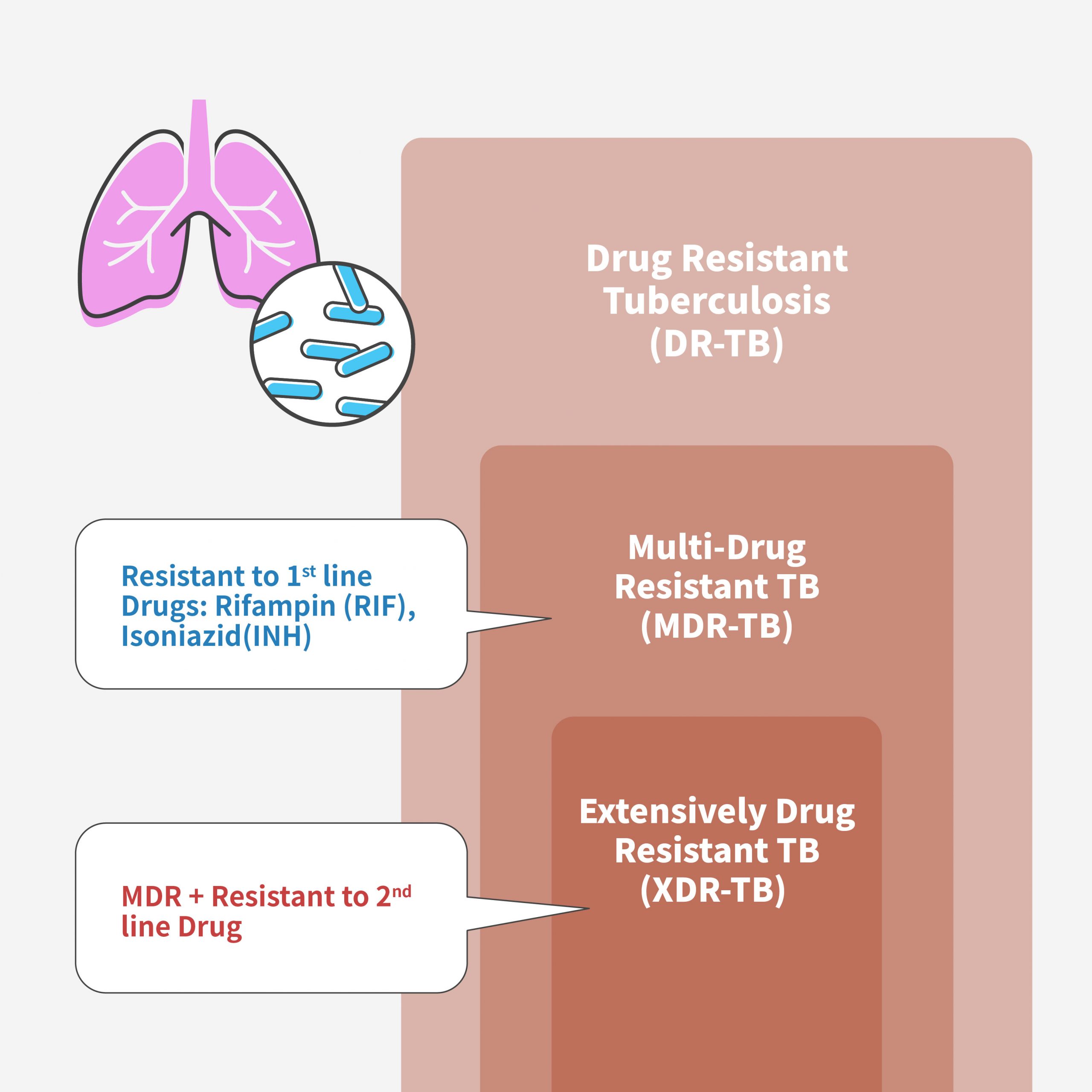
Image | Research For You. (Source | Dr. Lowary)
Exploring an alternative army to kill bacteria: bacteriophages
In addition to studying bacteria themselves, one of the focuses of Dr. Lowary’s team in recent years has been the investigation of bacteriophages, which are specialized viruses that prey on bacteria.
Bacteriophages, also known as phages, are viruses that specifically infect and parasitize bacteria. They are composed of nucleic acid and proteins, and have a shape resembling a needle with a polygon. Bacteriophages utilize the resources of the host bacterial cells for replication and reproduction.
The process of bacteriophage infection in bacteria typically involves two main steps: attachment and injection. Firstly, the tail portion of the bacteriophage binds to specific receptors on the surface of the bacteria. This binding is highly specific, and different types of bacteriophages choose different receptors. Once attachment is complete, the bacteriophage releases the nucleic acid from its tail and injects it into the bacterial interior.
The injected nucleic acid utilizes the biological machinery of the bacteria to replicate itself and synthesize proteins. The newly formed bacteriophage nucleic acid and proteins assemble into complete phage particles within the bacterial cell. Finally, the bacterium undergoes lysis under the influence of the bacteriophage, releasing the phage into the environment where it can infect other bacteria.
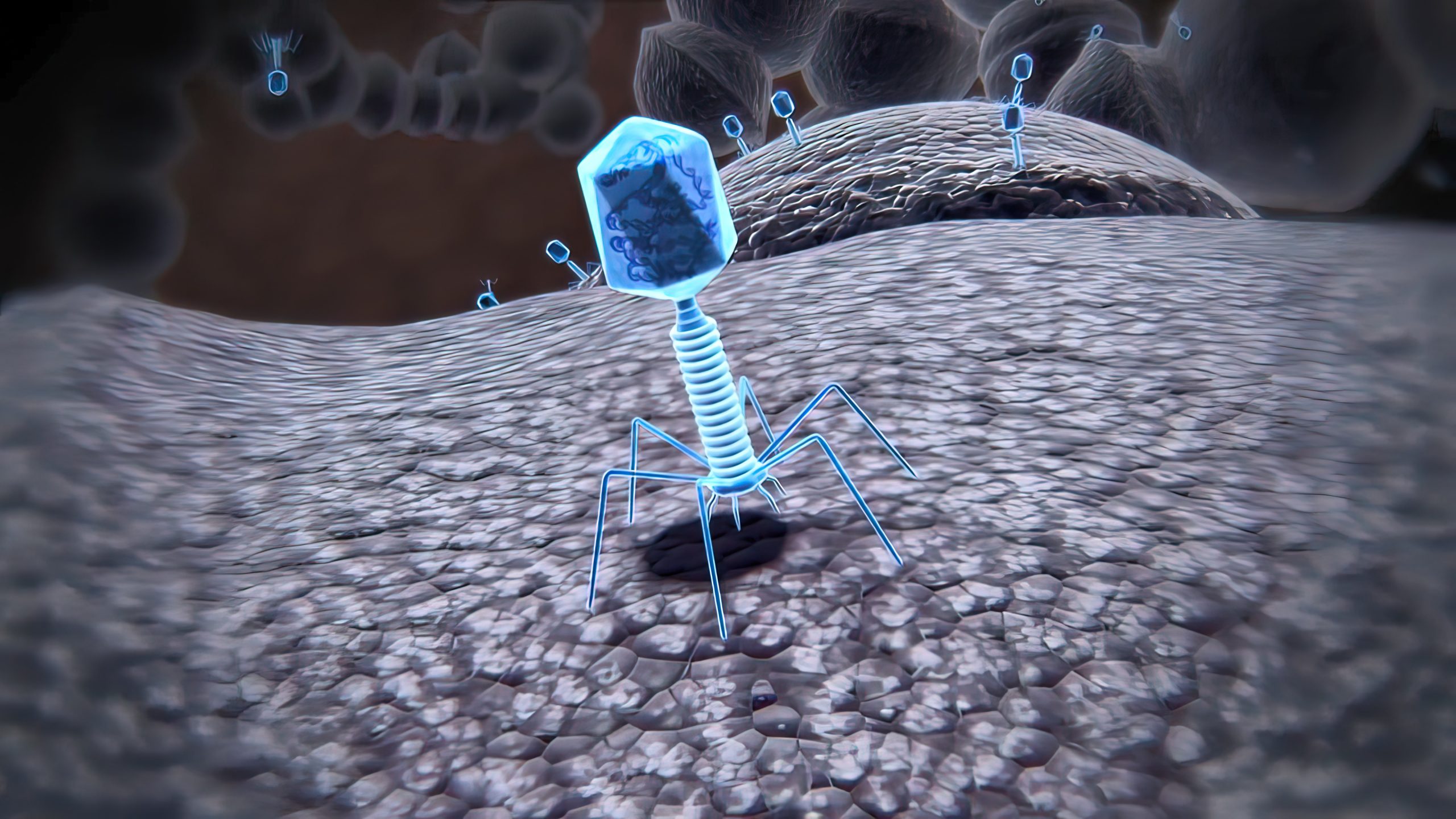
Source|iStock
Bacteriophages play a crucial role in regulating the quantity and diversity of bacteria in ecosystems. Additionally, due to their highly specific ability to infect and kill bacteria, they have been widely studied and applied in the control and treatment of bacterial infections. They are considered as a potential alternative to antibiotics.
According to Dr. Lowary, bacteriophages can be found wherever there are bacteria, but they only infect certain types of bacteria, without harming other bacteria or humans. Bacteriophages have a shape resembling a large robotic head, containing all of their genetic material inside.
They have a long tail that can bind to bacteria, and this tail acts like a needle to inject the bacteriophage’s DNA into the bacterial cell. The DNA is then used by the bacteria to synthesize proteins and assemble more bacteriophages. Once the bacteriophages are released, the bacteria die.
Members of Dr. Lowary’s team are currently trying to understand how the proteins of bacteriophages interact with the carbohydrates on the cell wall of mycobacteria. They are also collecting soil samples from various locations in Taiwan to investigate the types and quantities of bacteriophages present. Currently, they are conducting genetic sequence analysis on 20 out of the 92 identified bacteriophages, with the aim of exploring whether Taiwan, as an isolated island, harbors bacteriophages that differ from those found in other regions.
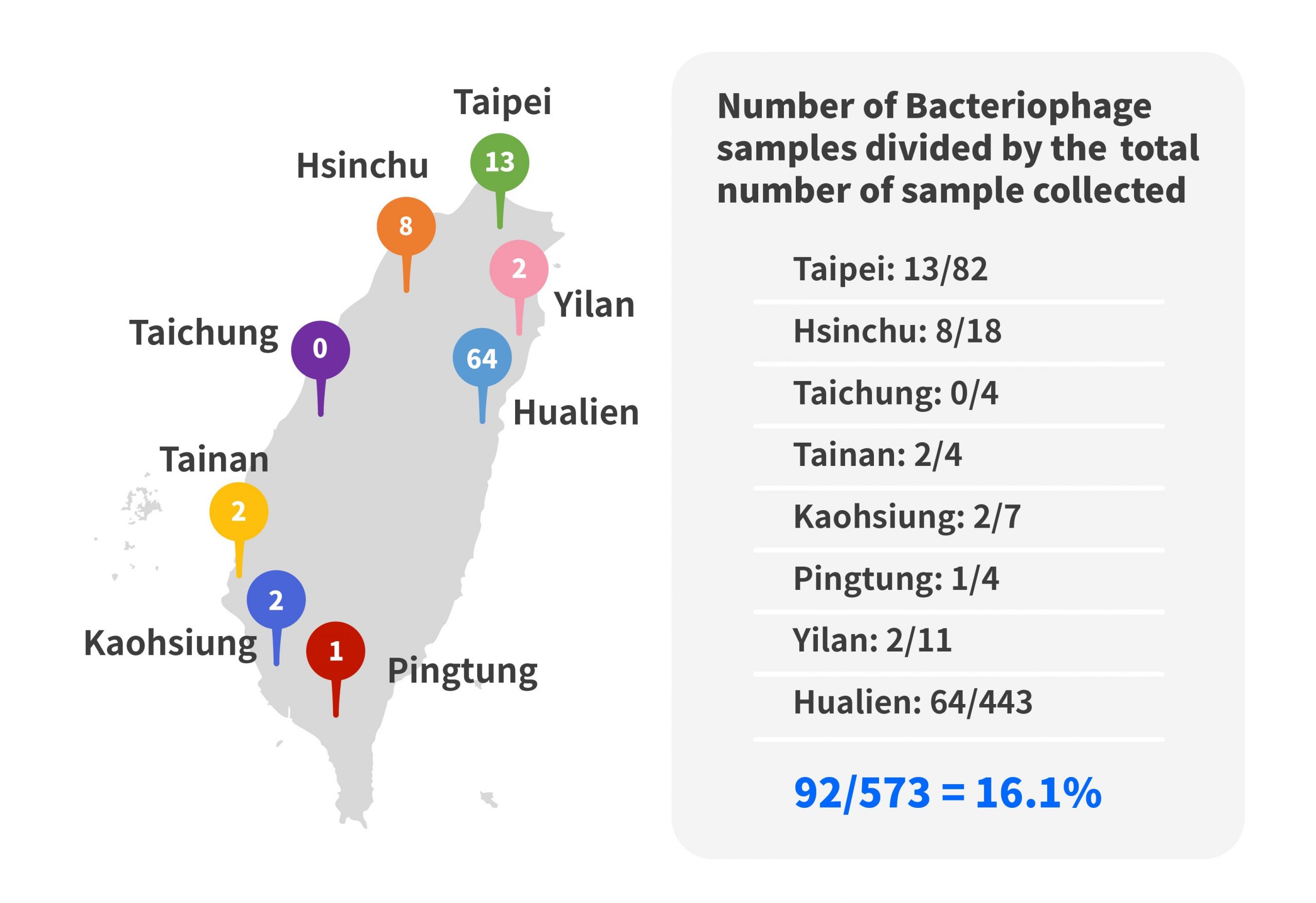
Image | Research For You. (Source | Dr. Lowary)
Traits of a scientist: patience, curiosity, adaptability, collaboration
”My research focus has always been on understudied problems,” says Dr. Lowary. Although the idea of “developing new drugs” may sound enticing, the reality is that very few compounds synthesized in academic research prove to be truly useful. Most of the time, the molecules they work on do not lead to significant success, which can be quite disheartening for students.
However, Dr. Lowary believes that describing a problem as difficult is not accurate, as this term does not encompass the positive values associated with it. In his view, an unsolvable problem is an exciting challenge that inspires people to enhance their skills and devise methods to overcome it.
This, in turn, provides opportunities for progress and maturity in many aspects. Therefore, when faced with a problem, it is better to choose a challenging one rather than an easy one. The study of complex, functionally unknown, and synthetically challenging carbohydrates is widely recognized as a highly challenging field.
”Carbohydrate chemistry is the only thing I’ve ever done,” says Dr. Lowary. His unwavering commitment and lack of desire to give up stem from his enduring fascination with these molecules. He recalls back in 1985, when he was a 19-year-old undergraduate student in a chemistry program. Before being asked by his organic chemistry professor, “Do you want to do research?” he knew nothing about research.
However, after assisting another professor who was studying carbohydrate chemistry, he became captivated by the exquisite structures of sugar molecules. From that point on, carbohydrate chemistry has remained at the core of his research, leading him to obtain his Ph.D. in 1993 and pursue an academic career.
Dr. Lowary explains that when he started his research in the 1980s and early 1990s, carbohydrate chemistry was not a very active field, but it gradually gained popularity.
He wishes to advise young scientists to “not follow only what is currently a hot topic” because the hottest topics tend to change over time. What truly matters is finding something that genuinely interests them and embarking on research in that area.
Dr. Lowary observes that collaboration is more important for scientists today than in the past. Most interesting problems nowadays are complex and require teamwork and the involvement of talented individuals from different areas of expertise to solve them. Scientists today also have more opportunities to interact frequently with researchers around the world and get to know research teams involved in various global projects.
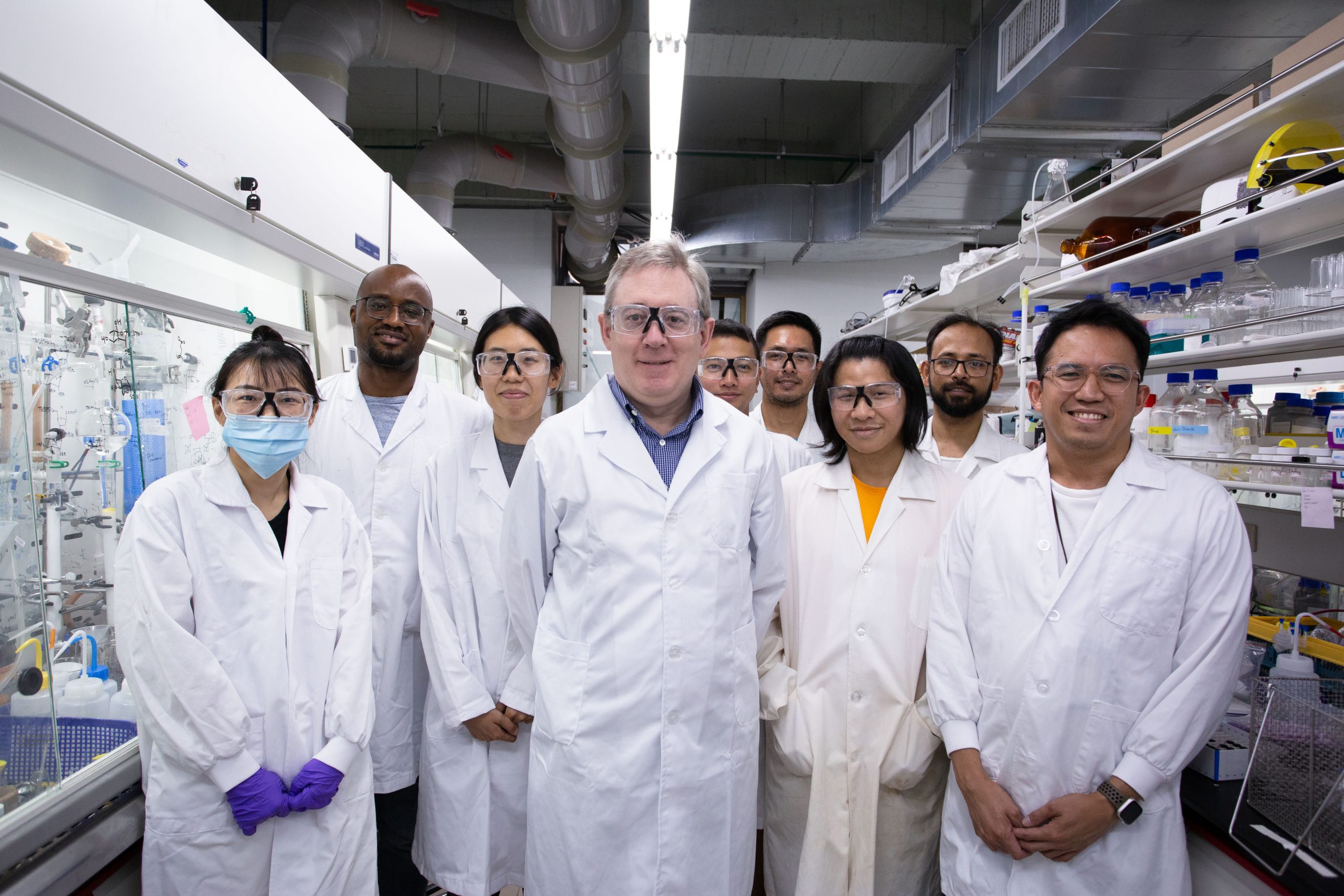
Image | Research For You.
Advice for young scientists: pursue your passion
”Don’t follow the trends, just do what you love,” says Dr. Lowary. Any job is challenging, but if you don’t enjoy your work, it becomes even worse. You have to show up every day and hate what you do. So, whatever you do, you should find something that you genuinely enjoy and do your best at it.
Even if your interests lie in something that has never received much attention and others may even say it’s not important, and things may not go as expected, remember to maintain curiosity, patience, flexibility, and be able to adjust your methods and visions according to the circumstances to avoid feeling frustrated due to frequent setbacks.
The question that scientists always ask is, “Can we do better?” It’s an endless journey. Dr. Lowary reminds young scientists that a successful scientist is not necessarily smarter than others; they may simply have more patience, don’t fear for failure, and is willing to try again and again.
Dr. Lowary says that his work in glycochemistry is a perfect fit for him. Even though he has given up on some unsuccessful projects, he has never felt discouraged enough to quit this line of work, thanks to the supportive environment of people surrounded him.
He states that throughout his journey, from his Ph.D., postdoctoral work, teaching positions in the United States and Canada, he has been fortunate to be surrounded by a supportive environment. There have always been good people around, continuously supporting his growth and development.
As a scientist who has received numerous teaching awards from top universities in the United States and Canada, Dr. Lowary says he is not an outgoing person, and he doesn’t know why he enjoys being a teacher. However, he genuinely loves teaching and enjoys the process of helping people understand things and solve problems.
Throughout his 25 years of teaching, whenever he sees students successfully achieve their goals and progress further, going from knowing little to becoming experts, he feels inspired. “When things become frustrating, I think back to the outstanding people I’ve had the opportunity to work with.”
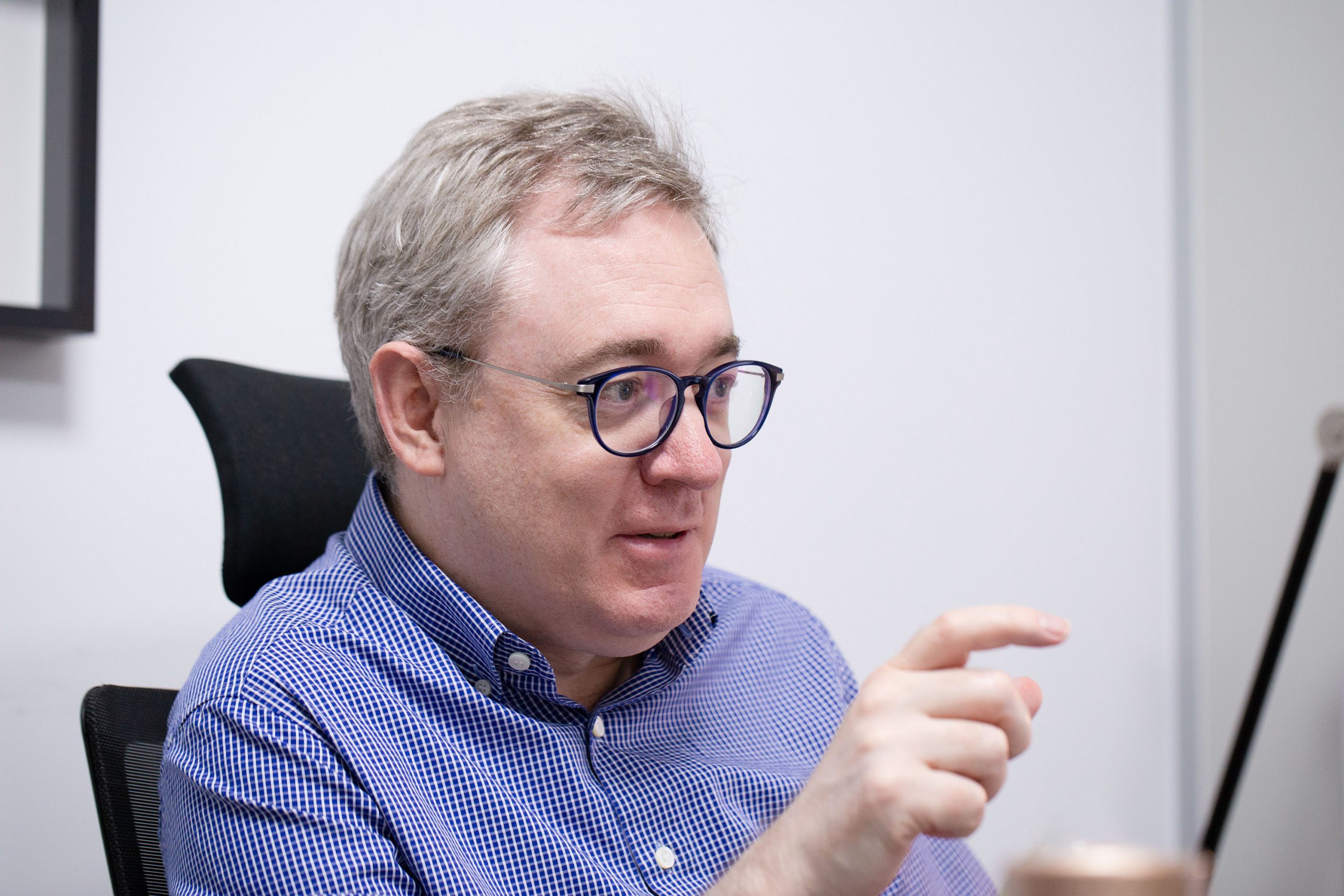
Image | Research For You.
Dr. Lowary, 58 years old this year, grew up in Montana, USA, and obtained his doctoral degree from Ohio University. He subsequently conducted postdoctoral research at the University of Alberta in Canada and the Carlsberg Laboratory in Copenhagen, Denmark. He then returned to Canada to teach and retired from the University of Alberta in 2021.
Since 2019, Dr. Lowary has been appointed as a Distinguished Research Fellow and the Director of the Institute of Biological Chemistry at Academia Sinica. In his laboratory, he is often seen wearing shorts and flip-flops, with a cup of green tea on his desk. The students in his lab come from various parts of the world.
Although he has retired from the University of Alberta, he has not retired from his academic career. After assuming the position of Director of the Institute of Biological Chemistry in July 2019, Dr. Lowary decided to settle in Taiwan. He mentioned that he had visited Taiwan many times before, including a six-month stay in 2016, and he enjoyed the Taiwanese environment. While he returns to the United States for work and to visit family, he enjoys life with his partner and his dog in Taiwan. He stated that Taiwan is his final professional destination and he will not move again before retirement.



